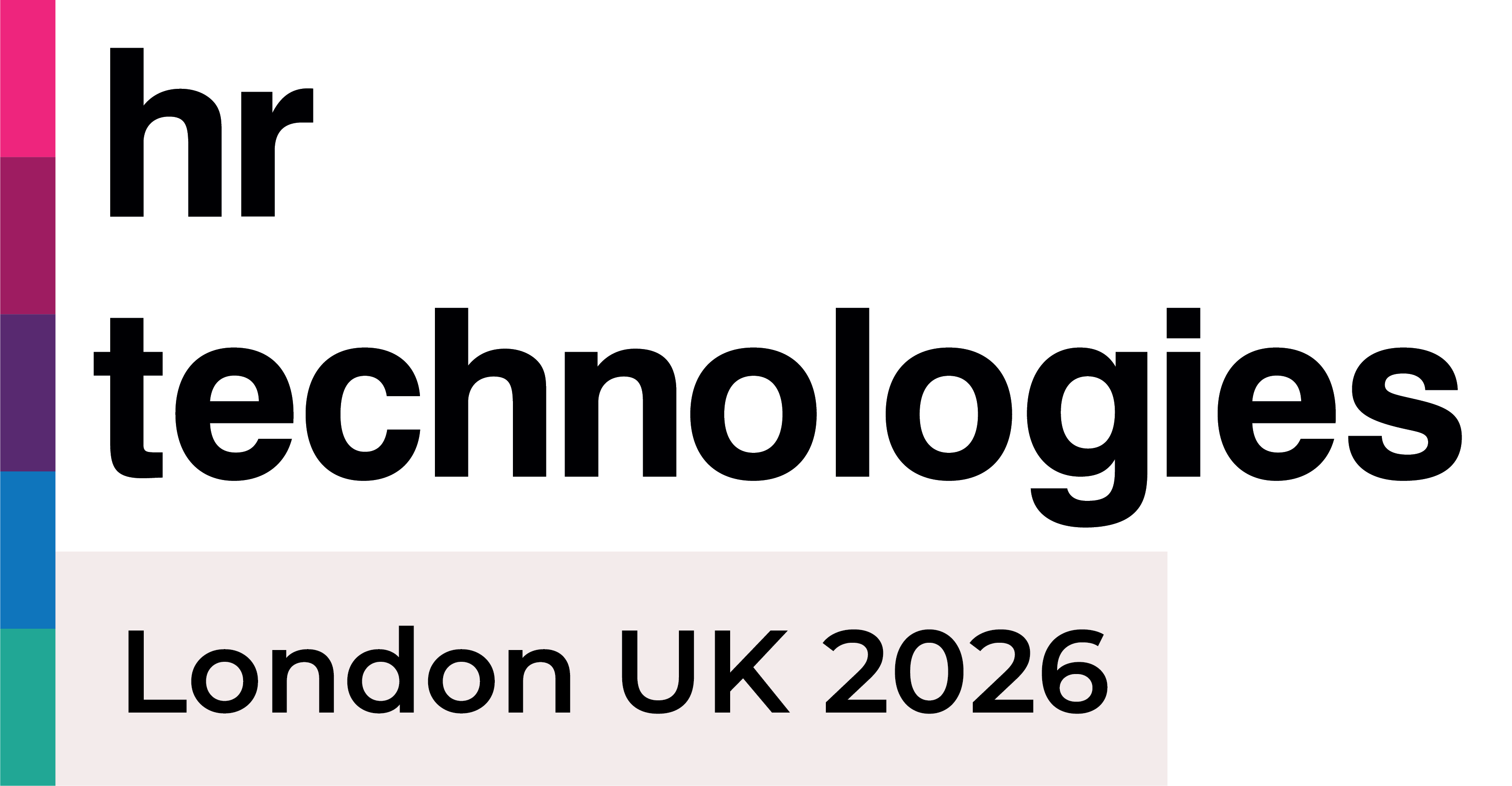What does true flexibility at work look like?

You likely need no reminder of March 2020. In a matter of weeks, businesses worldwide were forced to adopt radically new ways of working, breaking away from the rigid routine of traditional office life.
There was a silver lining to this tumultuous time. We all discovered that introducing a little flex into our lives made them far easier and less stressful – like buying jeans with an elasticated waistband after your old ones get mysteriously tighter.
The tricky business was all to do with keeping the “right” levels of flexibility whilst transitioning back into a more familiar working world. While some businesses threw it all out the window, demanding that everyone return to the office from 9:00 to 17:00 5 days a week, others decided to keep some spring in their step.
But, what’s the best way to do that? How can technology help you to loosen things up whilst maintaining some form of structure – we all like softening up a biscuit in a cup of tea, but you don’t want it dissolving entirely in the mug.
Remote Working
Yes, it’s the most obvious of the bunch, but there’s several different ways in which to implement remote work, and some are more flexible than others. At its most restrictive, businesses will dictate exactly which days can be worked remotely, and which must be spent in the office.
Often, this stipulation of where and when employees have to work comes down to logistics. It’s true that not knowing where everyone might be on a given day will make organising meetings and tracking absences tricky. However, by wrapping up remote working in rules and restrictions, employees might not feel it’s much of a benefit at all. Worse still, it can imply that you don’t trust them.
Instead, why not adopt a tech solution to help you? There are lots of platforms out there that will help you keep track of who’s working where. These usually work on a self-service basis, allowing employees to book their days in advance either at home or in the office. You can also set limits, allowing employees only to have two days a week at home, for example. This way, you can give your staff that bit more flexibility and control, without sacrificing any of your own.
Stretchable Schedules
Do you require your team to work set hours? Do they have to clock in before 09:00 and clock out after 17:00? If so, you’re probably among the majority.
It’s understandable why some businesses would be hesitant to adopt a “work whatever hours you want as long as the work gets done”
policy – as nice as it would be, there’s always a chance someone could take advantage.
But, have you considered implementing a policy that lets your team work any hours as long as they complete a certain minimum? For example, if someone wants a lie-in one day a week, they could choose start at 13:00 and work all the way until 21:00. Or, someone might add an extra hour to their days Monday to Thursday so they could finish four hours earlier on a Friday.
There are some great tech solutions out there that will let you track these hours and make sure everyone has a bit more freedom, whilst still keeping limits in place.
Benefits that Fit Better
One-size-fits all benefits solutions are, frankly, outdated. Offering subsidised gym memberships will mean a lot to the fitness conscious, but those who’d prefer to chill out at the movies will be nonplussed. Similarly, free eye care won’t mean much to someone who’s had 20/20 vision their whole life.
Adapting to modern times means tailoring your benefits to each employee, and fortunately there’s a great way to do that!
Lots of businesses now offer flexible benefits. These work via platforms that host a huge range of offers from insurance to fitness to retail – they even have supermarket offers so people can save on their weekly shop! Employees are given a certain amount of points per month or year that they can then use on the things that mean most to them. For more information on these systems, read Flexible Benefits Platforms: 1000 Offerings in One
Conclusion
You’d think it goes without saying, but adding flexibility into the workplace is all about give and take – on both sides. Introducing wiggle room will inevitably provide some the opportunity to take advantage, but as we said before, it’s an exercise in trust.
The thing is, if you don’t give your staff this trust, then you risk making them feel underappreciated, or worse, patronised. And if you don’t feel you can trust your team – why are they in your team at all?
At its best, flexible working provides your workforce with the space and the freedom to optimise their working life. This will ultimately lead to happier, more productive people who feel trusted, supported and respected.
So, how do you think you could bring a little more flex to your business?
